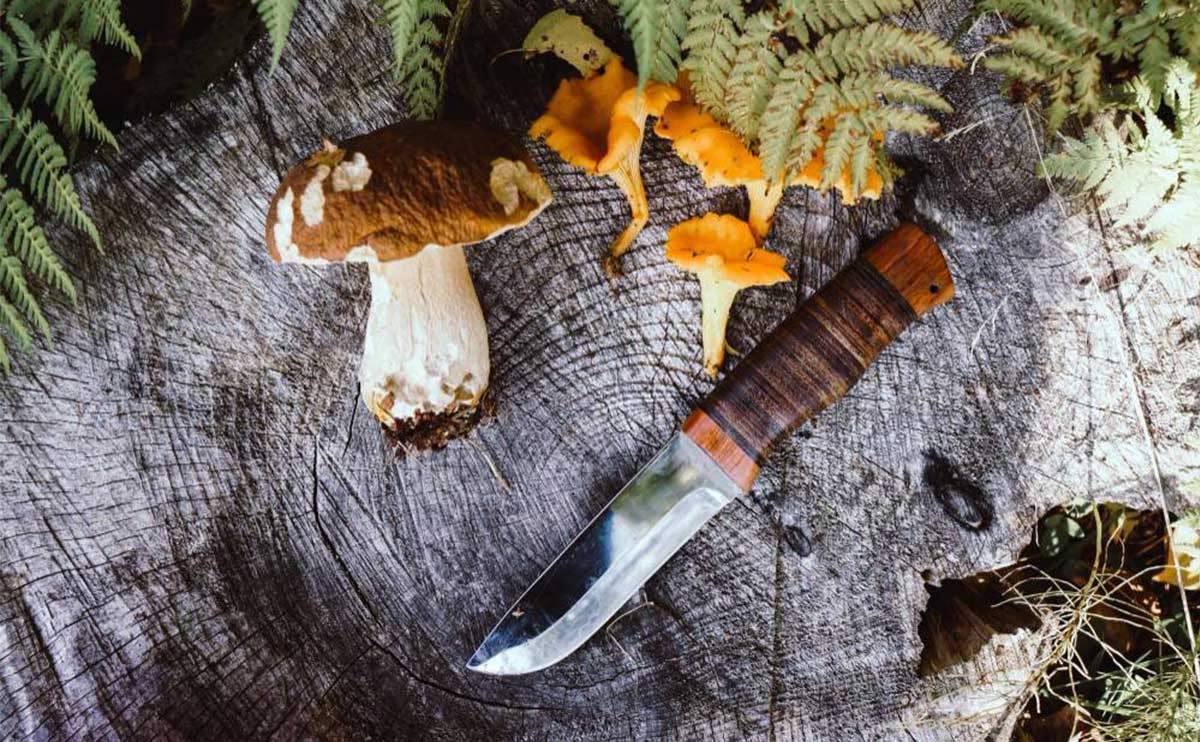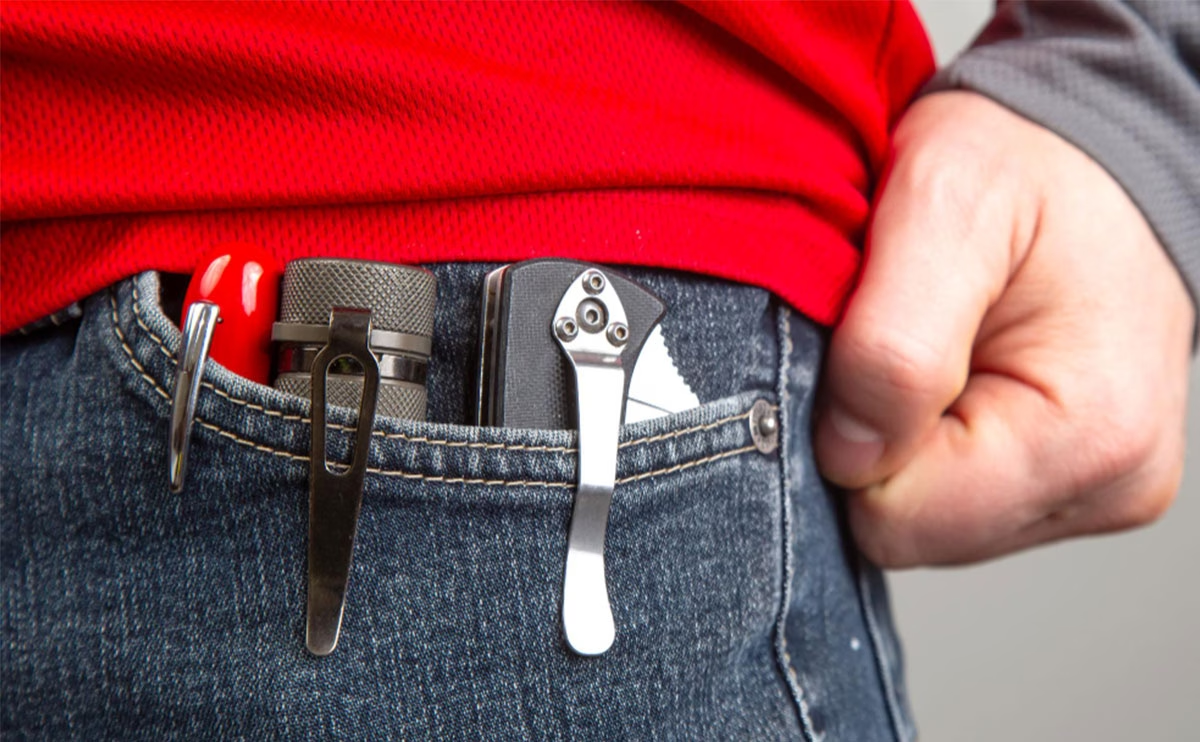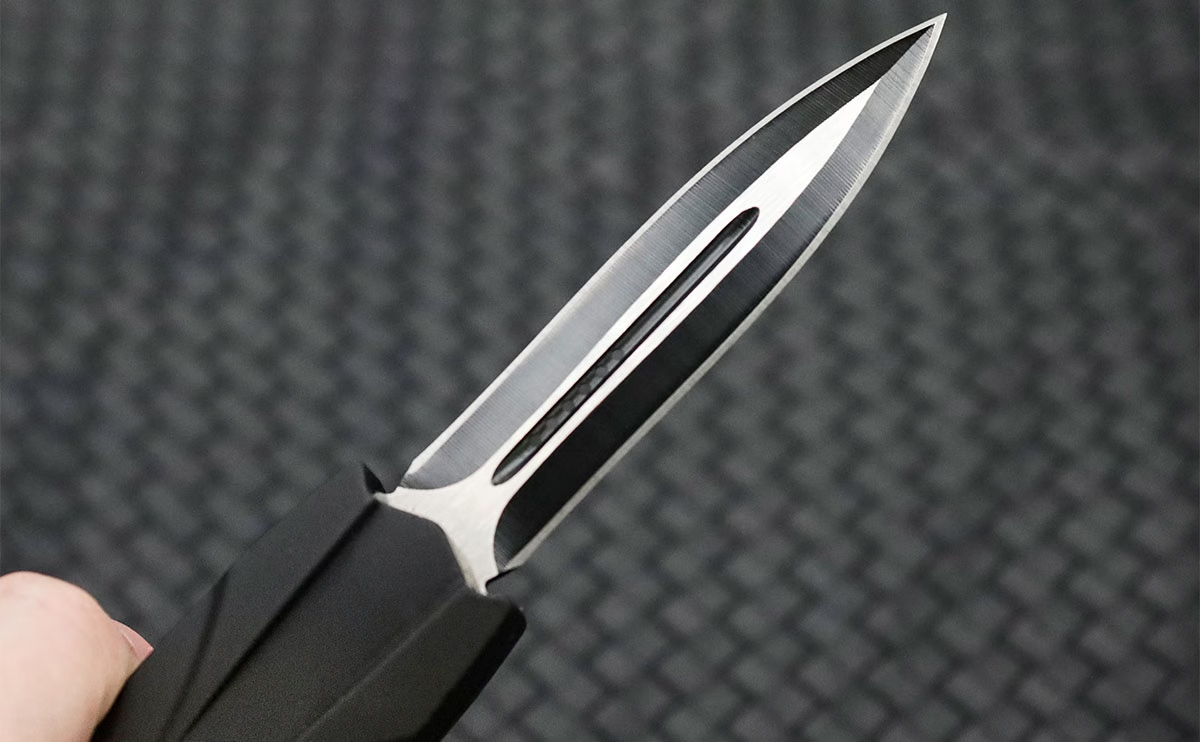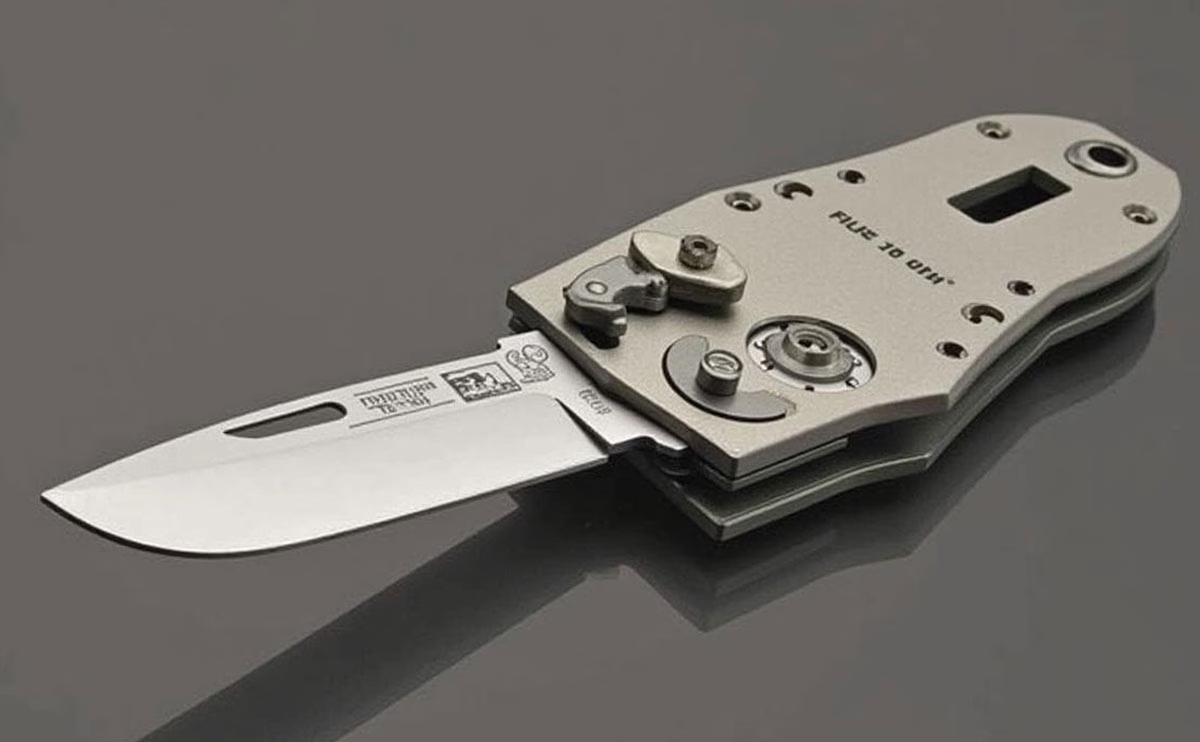What is a Paring Knife Used For?
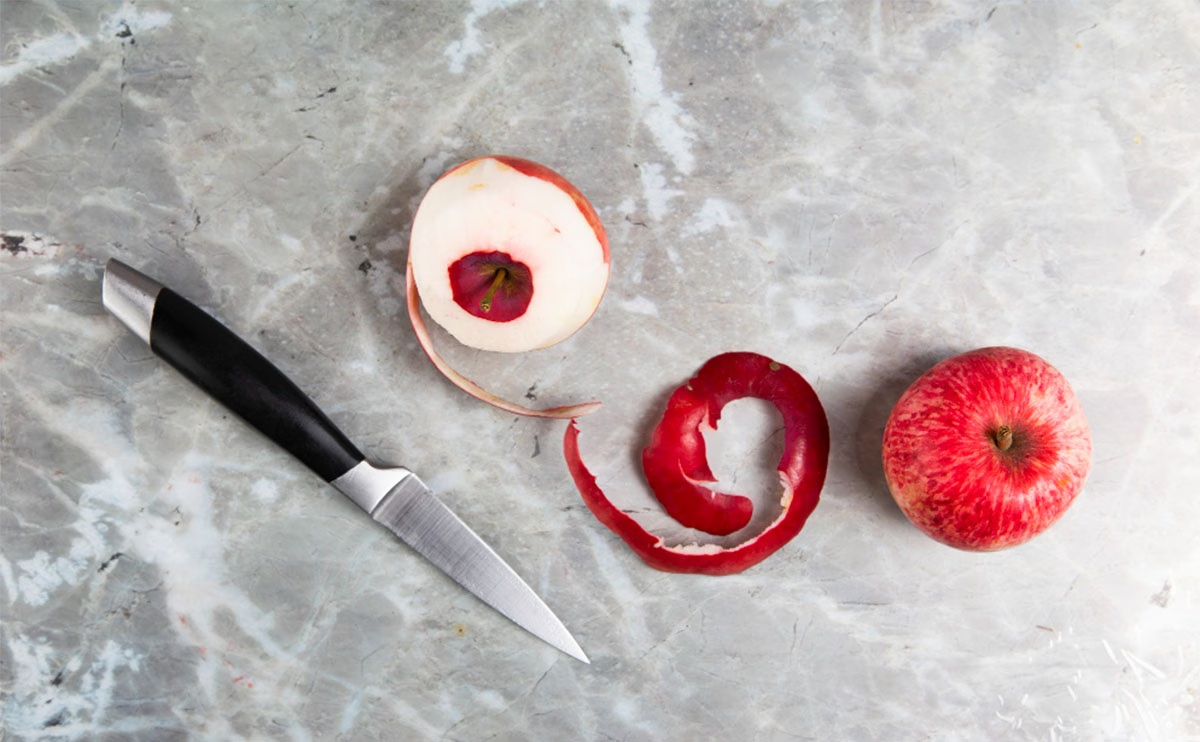
Before understanding what a paring knife is used for, we need to first understand what a paring knife is.
Table of Contents
What is a Paring Knife?
A paring knife is a small, versatile kitchen tool, primarily designed for intricate cutting tasks that require precision. Unlike larger knives, such as chef’s knives or utility knives, the paring knife is lightweight and features a small, sharp blade, typically between 2.5 to 4 inches long. It is ideal for tasks where delicate work is needed, such as peeling, coring, and slicing small fruits and vegetables.
The paring knife’s compact size and sharpness make it perfect for working with food items that need detailed handling. The ergonomic design also ensures that the cook has full control over the knife, making it a favorite among both professional chefs and home cooks alike.
Why Paring Knives are Essential in Every Kitchen
A paring knife is not just another kitchen tool; it’s a must-have for every serious cook. The sharp, pointed blade allows for intricate cutting, which other knives can’t replicate. Whether you’re preparing vegetables for a salad or garnishing a dish, a paring knife provides the precision needed to make those tasks easier and faster. Its small size makes it perfect for cutting through delicate items like herbs, small fruits, and intricate garnishes, ensuring that cooks can work efficiently and safely.
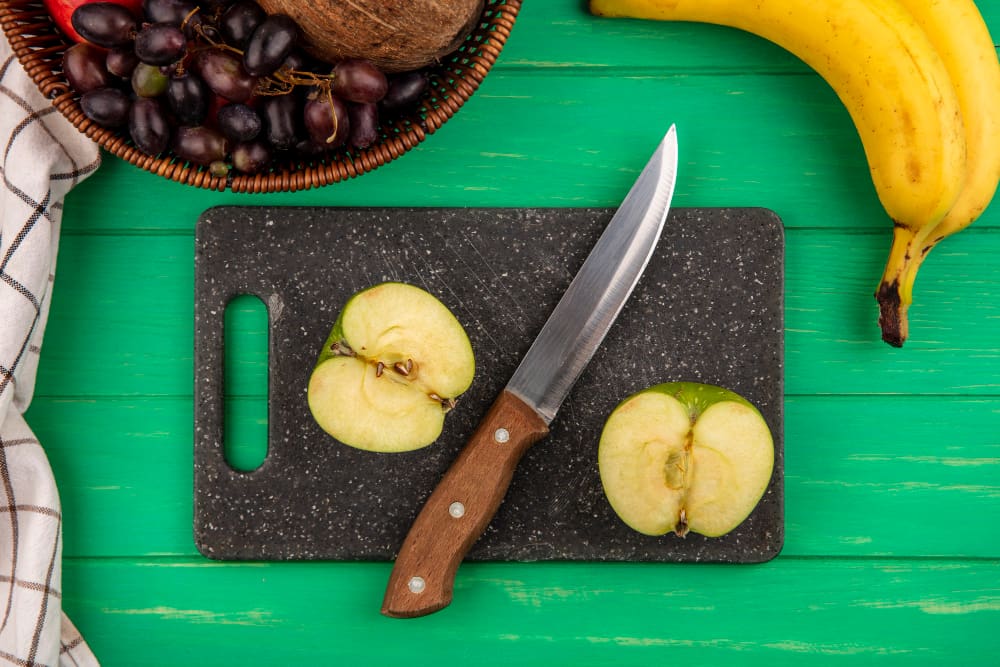
Types of Paring Knives
Straight Blade vs Curved Blade
When it comes to choosing a paring knife, the blade shape plays a significant role in how you’ll use the knife. Paring knives typically come with either a straight or curved blade, each serving different functions.
- Straight Blade: The straight-bladed paring knife is the most common type, ideal for straight, clean cuts. It’s great for tasks like peeling fruits, removing seeds, and cutting small vegetables into neat pieces. The flat edge provides control and stability for precise tasks.
- Curved Blade: A curved blade on a paring knife offers a more natural rocking motion, making it ideal for tasks like peeling fruits with irregular shapes, like apples or pears. The curve also enhances the ability to follow the contours of the food, giving better flexibility when cutting delicate items.
Common Sizes of Paring Knives
Paring knives come in various sizes, each designed for specific tasks:
- 2.5 to 3 inches: These are the smallest and most maneuverable paring knives, ideal for precise peeling and cutting small fruits and vegetables.
- 3 to 4 inches: This is a more versatile size, providing enough blade length for various tasks, such as deveining shrimp, segmenting citrus fruits, or trimming fat from meat.
Choosing the right size will depend on the task at hand, but most cooks will find that a 3-inch knife provides the best balance of control and versatility.
Specialty Paring Knives for Specific Tasks
While standard paring knives can tackle most jobs, there are also specialty versions tailored to specific needs:
- Bird’s Beak Paring Knife: This knife has a curved blade with a pointed tip, perfect for intricate tasks like carving decorative garnishes or making precise cuts on delicate fruits.
- Tomato Paring Knife: Featuring a serrated edge, this knife is ideal for cutting through the skin of tomatoes and other delicate fruits without crushing them.
Common Uses of a Paring Knife
Peeling Fruits and Vegetables
One of the primary uses of a paring knife is peeling fruits and vegetables. Its sharp, small blade allows you to remove the skin of produce like apples, potatoes, carrots, and citrus fruits with ease. The precise control the paring knife offers ensures that you can peel these items without wasting too much of the flesh, which can happen with larger knives.

Coring and De-seeding
Paring knives excel in removing the cores from fruits like apples, pears, and tomatoes. Their sharpness allows you to cut out the center with minimal effort. Additionally, they can be used for de-seeding fruits like cucumbers or peppers, making them a great tool for preparing salads or salsas.
Cutting Garnishes
When preparing garnishes for dishes, a paring knife’s precision is essential. Whether you’re creating thin slices of cucumber for a salad or carving intricate designs into fruits like melons or citrus, the paring knife’s small size and sharp blade allow for intricate, clean cuts that elevate any presentation.

Precision Tasks for Paring Knives
Creating Decorative Cuts
The paring knife is a favorite tool for chefs looking to create decorative food art. Its sharp tip and fine blade enable chefs to carve delicate flowers, spirals, and other intricate designs into fruits and vegetables. This skill is often seen in fine dining, where garnishes and food presentation are taken to an artistic level.
Segmenting Citrus Fruits
Segmenting citrus fruits like oranges, grapefruits, and lemons can be a tedious task, but with a paring knife, it becomes much simpler. The small, sharp blade allows you to separate the segments from the peel without damaging the fruit’s delicate interior, making it perfect for fruit salads or garnishes.
Shaping Food for Plating
Plating is an essential aspect of gourmet cooking, and the paring knife plays a key role in shaping food for visual appeal. Whether it’s carving intricate designs on vegetables or carefully shaping pieces of fruit for a dessert, the paring knife allows chefs to mold and shape food precisely, enhancing the overall presentation of a dish.
The Paring Knife for Preparing Small Items
Cutting Small Vegetables
When working with small vegetables like garlic, shallots, or cherry tomatoes, a paring knife provides the precision needed to chop and dice them accurately. Its compact size allows for easy handling of these small items, ensuring that the cuts are uniform and clean.
Preparing Herbs
A paring knife is perfect for cutting fresh herbs, such as parsley, basil, and cilantro. Its fine blade allows for quick, clean cuts without bruising the herbs, preserving their freshness and flavor. The sharp tip is also ideal for finely chopping herbs for garnishes or adding to recipes.
Trimming Meat and Poultry
Though not the primary tool for cutting meat, a paring knife can be useful for trimming small cuts of meat, removing fat, or cutting through skin. Its small, sharp blade allows for precise cuts in tight areas, ensuring that the meat is prepared neatly and efficiently.
What Makes Paring Knives Different from Other Knives?
Comparison with Chef’s Knives
While both chef’s knives and paring knives are essential tools in the kitchen, they serve different purposes. A chef’s knife, typically 8 to 10 inches long, is a multipurpose tool designed for chopping, slicing, and dicing larger ingredients. Its long, broad blade allows for a rocking motion, making it ideal for cutting through dense or large foods.
In contrast, a paring knife is much smaller, usually around 3 to 4 inches, and is designed for more detailed tasks like peeling, trimming, and slicing smaller foods. It offers precision and control, which is why it is preferred for delicate tasks. A paring knife’s small size allows for more control over intricate cuts, whereas a chef’s knife is better suited for rougher, larger cuts.
Comparison with Utility Knives
Utility knives are another common kitchen tool that can be confused with paring knives. Like the paring knife, a utility knife is smaller than a chef’s knife and is designed for medium-duty tasks. However, a utility knife usually has a slightly longer blade, ranging from 4 to 6 inches, and a more robust design for tougher tasks.
While a utility knife can handle some of the same tasks as a paring knife, it lacks the specialized precision that a paring knife provides. A paring knife, with its sharp, fine blade, is ideal for tasks that demand accuracy, such as peeling delicate fruits, coring vegetables, or making decorative cuts.
Advantages of Paring Knives for Detail Work
The key advantage of a paring knife is its ability to provide precise control over small, detailed tasks. Whether you’re slicing delicate herbs, peeling fruits without damaging the flesh, or creating decorative garnishes, the paring knife is designed to handle these tasks with ease. Its small size allows for better maneuverability, while its sharp tip ensures clean, precise cuts that larger knives cannot achieve.
Selecting the Right Paring Knife for Your Needs
Blade Material Options
When choosing a paring knife, one of the most important factors to consider is the material of the blade. The quality of the blade will significantly affect its sharpness, durability, and ease of use. The most common materials used for paring knives include:
- Stainless Steel: Known for its durability and resistance to rust, stainless steel is a popular choice for paring knives. High-carbon stainless steel provides an extra level of sharpness and strength, making it ideal for tasks that require precision.
- Carbon Steel: Although not as resistant to rust as stainless steel, carbon steel blades are extremely sharp and hold their edge longer. However, they do require more care in terms of maintenance to prevent rusting.
- Ceramic: Ceramic blades are known for their sharpness and ability to maintain an edge for a long time. They are lightweight and resistant to corrosion, making them a good option for precision tasks. However, they can be brittle and prone to chipping if not handled carefully.
Handle Material and Grip
The handle of a paring knife should be comfortable and easy to grip, as it plays a crucial role in controlling the knife during use. Common handle materials include:
- Wood: Wooden handles offer a traditional, comfortable grip and are often preferred for their aesthetic appeal. However, they require more maintenance to prevent cracking or warping.
- Plastic: Plastic handles are lightweight, durable, and easy to maintain. They often feature ergonomic designs for a comfortable, slip-resistant grip.
- Stainless Steel or Metal: Metal handles are durable and provide a balanced, sturdy feel. They can be more slippery than other materials, so it’s essential to ensure they are ergonomically designed for a firm grip.
Weight and Balance Considerations
The weight and balance of a paring knife can impact its performance. A knife that is too heavy might be difficult to control, while a knife that is too light might not provide the stability needed for precise cuts. A balanced knife, with the weight evenly distributed between the blade and the handle, offers optimal control and comfort during use. When selecting a paring knife, it’s important to hold it and ensure it feels comfortable and well-balanced in your hand.
Safety Tips When Using a Paring Knife
Proper Handling and Grip
When using a paring knife, always maintain a firm, secure grip on the handle to avoid slipping. Your index finger should rest on the blade’s spine, while your thumb and other fingers grip the handle. Keep the knife pointed away from your body and use a stable cutting surface to avoid accidents.
Avoiding Accidents
Paring knives are sharp, and accidents can happen if not used properly. To reduce the risk of injury, always cut away from your body and keep your fingers clear of the blade’s path. Be mindful of your hand placement and maintain focus when handling the knife.
Storing Paring Knives Safely
Always store your paring knife safely when not in use. Use a knife block, a drawer organizer, or a magnetic strip to store it in a way that keeps the blade protected and prevents accidental cuts. When using the knife, make sure to place it back in a safe location when you’re done.
Paring Knives in Professional Kitchens
Why Chefs Rely on Paring Knives
In professional kitchens, paring knives are indispensable tools. Chefs use them for a wide range of tasks, from peeling and cutting fruits to creating intricate garnishes and decorations. The precision and control offered by a paring knife make it the go-to tool for delicate work, which is essential in creating visually appealing and perfectly prepared dishes.
Paring Knives in Gourmet Cooking
In gourmet cooking, presentation is key, and paring knives play a significant role in creating beautiful, artistic food displays. Whether carving decorative garnishes or segmenting citrus fruits, chefs use paring knives to add finesse and detail to every dish they prepare. Their ability to make fine, controlled cuts is essential in achieving the high standards of fine dining.
Signature Uses in Fine Dining
In fine dining, the use of a paring knife is often seen in the preparation of elaborate garnishes and intricate food art. Chefs use these knives to create patterns and designs in vegetables, fruits, and meats, elevating the overall dining experience. Whether making garnishes for desserts or carving delicate vegetable flowers, a paring knife is a vital tool in the arsenal of any fine-dining chef.
Frequently Asked Questions (FAQs)
1. What is a paring knife used for?
A paring knife is primarily used for tasks that require precision and control. It is ideal for peeling fruits and vegetables, trimming excess fat or skin, deveining shrimp, and making decorative cuts. Its small size and sharp blade make it perfect for detailed, fine work that larger knives cannot handle.
2. Can I use a paring knife to cut meat?
Yes, a paring knife can be used to cut small pieces of meat, especially for tasks such as trimming fat or separating smaller cuts. However, it is not ideal for larger cuts or tough meats. For those, a chef’s knife or boning knife would be more appropriate due to their larger blades and better leverage.
3. What is the difference between a paring knife and a utility knife?
While both are small knives used for intricate tasks, a utility knife is slightly larger (4-6 inches) and is more versatile, handling medium-duty tasks like slicing sandwiches or cutting through meats. A paring knife, on the other hand, is smaller (typically 3-4 inches) and excels in precise, detailed tasks like peeling, coring, and trimming.
4. Are ceramic paring knives better than steel ones?
Ceramic paring knives are incredibly sharp and maintain their edge longer than steel knives. They are also resistant to rust and staining. However, they are more fragile and can chip or break if dropped. Steel paring knives are more durable overall and easier to sharpen, making them a good choice for general use in the kitchen.
5. Can I use a paring knife for tasks like mincing garlic or herbs?
Yes, a paring knife can be used to mince small items like garlic or herbs, but it is generally better suited for tasks that require fine control, such as peeling and trimming. If you need to mince larger amounts of garlic or herbs quickly, a chef’s knife may be more efficient due to its larger size and broader blade.
Conclusion
A paring knife is a must-have tool for any kitchen, offering unmatched precision for detailed tasks. Whether you are peeling an apple, coring a tomato, or creating intricate garnishes, the paring knife provides the control and sharpness needed for fine work. While it may seem small compared to other knives, its ability to handle delicate and precise cuts makes it an essential tool for both everyday cooks and professional chefs.
From the material of the blade to the type of handle, choosing the right paring knife involves considering your specific needs and preferences. By understanding the differences between knives and selecting the best paring knife for your tasks, you can ensure that your kitchen is equipped with the right tools for optimal performance.
To maintain its sharpness and longevity, always care for your paring knife by cleaning it properly, storing it safely, and sharpening it regularly. With the right care, your paring knife will remain a reliable tool in your kitchen for years to come.

